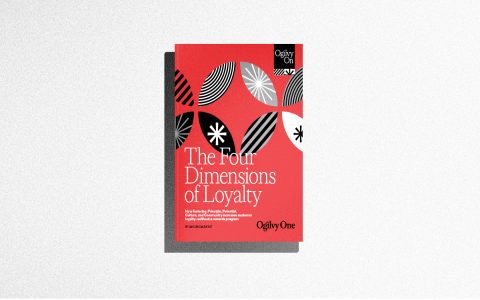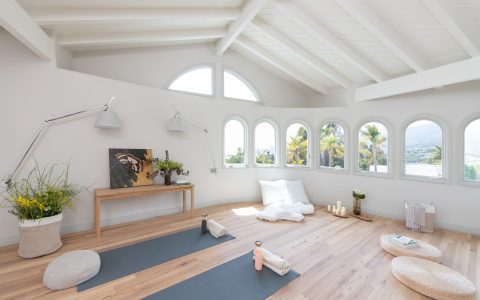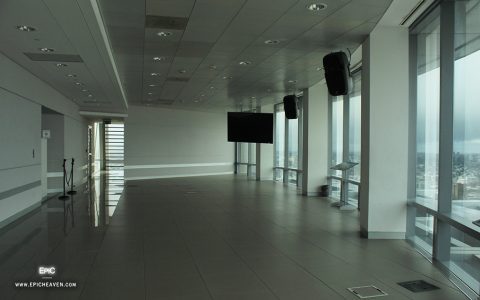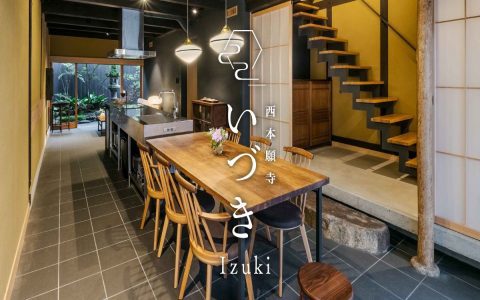Understanding Your Pop-Up Goal
Effective pop-up store design begins with a clear objective. Are you aiming to boost brand awareness, launch a new product line, test a new market, or clear excess inventory? Your design choices must directly support this primary goal, shaping everything from layout to customer experience.
Core Design Principles for Impact
Several key principles drive successful pop-up design:
- Modularity and Flexibility: Design for rapid assembly, easy takedown, and potential reconfiguration. Use lightweight, adaptable components.
- Brand Storytelling: Your pop-up is a physical manifestation of your brand. Consistently use brand colors, typography, and materials that communicate your identity and values.
- Experiential Focus: Create an engaging and memorable experience. Incorporate interactive elements, photo opportunities, or unique demonstrations that go beyond simple retail.
- Visual Impact & "Instagrammability": Design with social sharing in mind. Unique aesthetics, striking displays, and photogenic backdrops encourage organic promotion.
- Customer Flow & Navigation: Plan a clear path for visitors. Guide them logically through the space, highlighting key products or experiences. Avoid clutter and bottlenecks.
- Strategic Lighting: Lighting is crucial for setting the mood, highlighting products, and guiding attention. Use a mix of ambient, task, and accent lighting.
Practical Design Considerations
Beyond aesthetics, practical elements are vital:
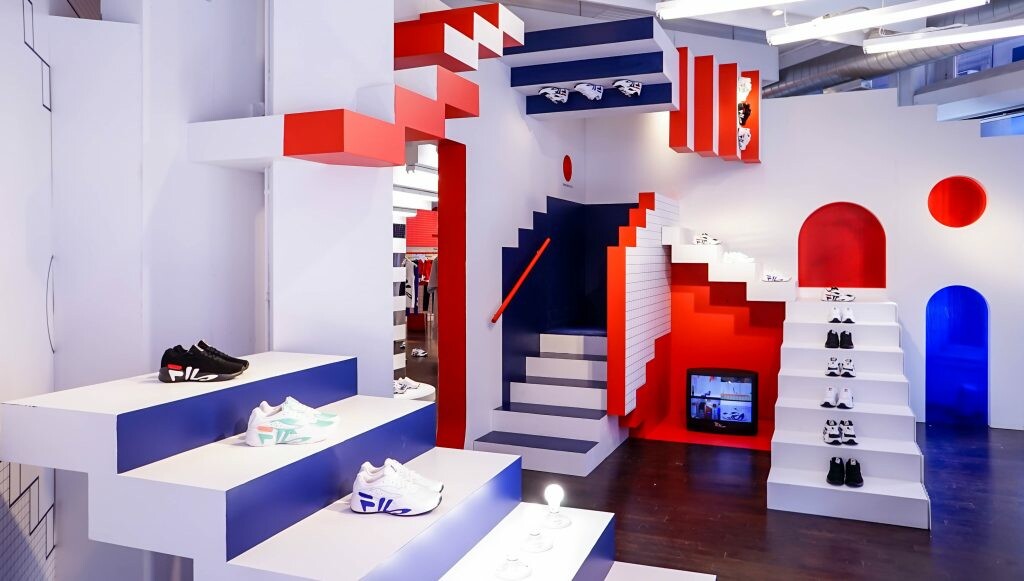
- Location Synergy: The design should complement and leverage the chosen location. Consider foot traffic patterns, visibility, and the surrounding environment.
- Budget Adherence: Creativity within constraints is key. Prioritize impactful elements that align with your budget. Explore cost-effective materials and solutions.
- Material Selection: Choose materials that are durable enough for the pop-up's duration, align with your brand image, and are practical for setup and transport. Consider sustainability where possible.
- Security: Implement appropriate measures to protect merchandise and assets, especially for high-value items or overnight setups.
- Technology Integration: Seamlessly incorporate necessary technology, such as POS systems, digital signage, or interactive displays, without disrupting the overall aesthetic.
Key Design Elements
Focus on these components to bring your vision to life:
- Layout Planning: Optimize space for product display, customer interaction, and operational needs (e.g., storage, checkout). Common layouts include open-plan, zoned, or a guided path.
- Fixtures & Furniture: Select fixtures that are not only functional for displaying products but also contribute to the overall design theme. Multi-functional and lightweight pieces are often ideal.
- Signage & Graphics: Clear, compelling, and on-brand signage is essential for attracting attention, conveying information, and reinforcing brand identity. This includes exterior and interior graphics.
- Sensory Engagement: Consider how sound (music, ambient noise) and scent (subtly, if appropriate for the brand) can enhance the customer experience.
Ultimately, successful pop-up store design creates a temporary yet impactful brand moment. It’s about balancing creativity with practicality to achieve specific business objectives in a condensed timeframe.

